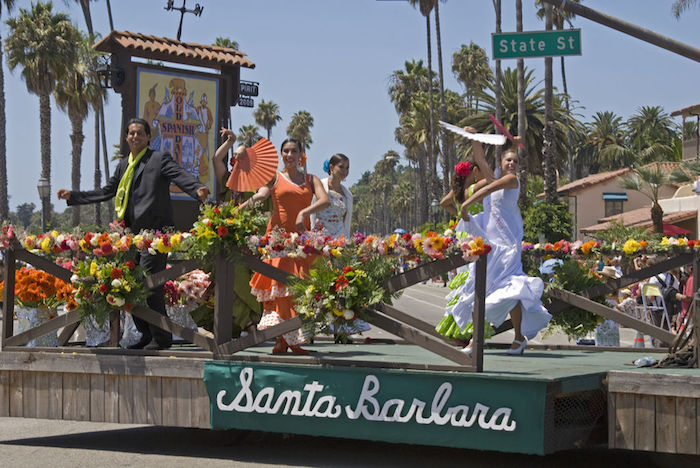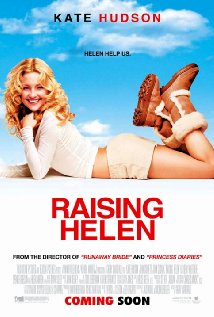
Photo by Wokandapix, pixabay.com.
(To the tune of “Can, can, can you do the cancan”)
Can, can, can you pay attention
Do I have to mention
Everything I said I’ll say again
Can you hear me?
Listening is good for you
Pay attention
Maybe you’ll learn something new
– Song played after recess in a third-grade classroom at Santa Barbara Community Academy
If learning, as some experts claim, is about attention and repetition, what happens during the longest recess of all – summer vacation?
While research measuring the effectiveness of year-round schools vs. traditional calendars is inconclusive, parents, students and educators at year-round schools all said they think children learn better when they have shorter breaks.
“I find that they come back refreshed. Having only a couple weeks (off) they pick things up pretty quickly. I really like that,” said Heather Nicolas, who teaches third grade at Santa Barbara Community Academy.
“… Not only just remembering the facts and the educational academic aspects, but remembering how to be in a classroom, how to behave … you have to do your homework and you have to sit and listen for different parts of the day,” said Erin Cavazos, whose son is a third-grader at the academy.
Children, too, think they learn better.
“It’s easier to remember stuff because it’s not such a long break,” said Leo Adame, a fourth-grader at the academy.
They also recognize the behavioral benefits.
“You have to remember how to behave even though it’s only a three-week break, you still have to remember,” said Nayelhi Romerez, an academy sixth-grader.
While most local children won’t be heading back to school until after Labor Day, the academy is well into its summer session. Along with Cleveland School, it’s one of two year-round elementary schools in our area.
“The advantages are mainly for the students,” said academy principal Joan Jamieson. “Especially students that are at risk. They don’t have a chance to forget things. … The very best thing also is for English learners, they get a chance to get continuing reinforcement of that second language without losing it over a long break.”
A school of choice, meaning that any student in the Santa Barbara Elementary District can attend, the academy has other things that distinguish it, along with the year-round curriculum.
“The founding principles were core knowledge, year-round, uniforms, parent participation; those are probably the four cornerstones of the program,” said Jamieson.
While it’s not surprising that parents like the uniforms, some of the kids do, too.
The uniforms are good, said Leo. “Less clothes to wash,” he explained.
But not all of the children were fans of the regular blue and white and plaid outfits.
“I don’t like it,” said fifth-grader Camisha West.
“You don’t get to wear your cool shirts like this shirt,” said third-grader Destin Cavazos, pointing to his after-school dinosaur duds.
Parents are required to work at the school for six hours per quarter, with a variety of activities available to accommodate different schedules.
“I love the parent involvement,” said Valerie Banks, who has twins in the fifth grade. “I think education has to be with parents and teachers and children all together.”
Banks, an Eastside resident, took her children out of Vieja Valley School two years ago to attend the academy.
“I was equally happy with Vieja Valley, but … it was kind of a trek. The academy was more convenient for me and I really like the year round thing,” Banks said. “We have some excellent teachers, they’re great. They’re really consistent with the kids and I really like that. Parents are much more hands-on.”
Even single parents, like Teresa Culhain, who has two children and works two jobs, like the emphasis on parent participation.” I think it’s good,” she said. “Parents should be involved. … It is first and foremost the parents’ responsibility to know what’s going on with the teachers and at school.”
Cavazos agreed. “The parents are part of the school community, which I think makes a parent feel … like your child is wanted and the people there want to teach your children and they want to be a community within the larger community.”
–
So You Think You Know Your ABC’s…
By SALLY CAPPON and LESLIE DINABERG
A — Adams School begins technology education in kindergarten. By the time students leave Adams they have a keyboarding fluency of around 35 words per minute.
B — Backpacks. Studies show the average student carries about 22 percent of his or her weight in a backpack. The recommended maximum: 15 percent.
C — Cell Phones are now a common sight on school campuses.
D — Ding Dongs. Want to be popular at lunchtime? Bring along extras of these chocolate-covered cream-filled treats.
E — E-mail is now the preferred communication method for many teachers.
F — Free Lunch. More than 4,000 low-income students in Santa Barbara County received free lunches last year.
G — Groundhog Job Shadow Day, in which students shadow local professionals in the field of their choice, will kick off Feb. 2.
H — Hollister School students enjoy a fabulous art program, which culminates in an art show and a spring chalk drawing festival.
I — Isla Vista School has 17 different languages spoken in its student body.
J — Junior Highs on the South Coast include Carpinteria Middle School, Goleta Valley Junior High, La Colina Junior High, La Cumbre Junior High, Santa Barbara Charter Middle School and Santa Barbara Junior High.
K — Kellogg School’s playground was resurfaced this summer.
L — Lunch Boxes. Spider-Man, Barbie, the Power Puff Girls and Yu-Gi-Oh are among this year’s most popular designs.
M — McKinley School’s close proximity to Santa Barbara City College helps provide lots of classroom volunteers.
N — No. 2 Pencils. Get them out; we’re going to have a pop quiz.
O — Open Alternative School has its own organic garden.
P — Partners in Education is a group of local businesspeople working together with educators to support our schools.
Q — Quarter. Milk used to be nickel at school, but now it’s a quarter most places.
R — Recess. The highlight of our day.
S — School Supplies. Pee Chee folders, Elmer’s Glue and lined paper are among the list of school supply essentials.
T — Teacher’s Fund, administered by Village Properties, provides grants to teachers for specific school projects.
U — UCSB’s Gervitz Graduate School of Education has credentialed many local teachers, counselors and administrators.
V — Vending Machines. Last year there was a move to put healthier food selections in school vending machines.
W — Westmont College is known, among other things, for having great babysitters.
X — X-ing Guards help students cross streets safely.
Y — Year-Round Schools. There are two on the South Coast, Cleveland School and the Santa Barbara Community Academy.
Z — ZZZZZ … No sleeping in class!



